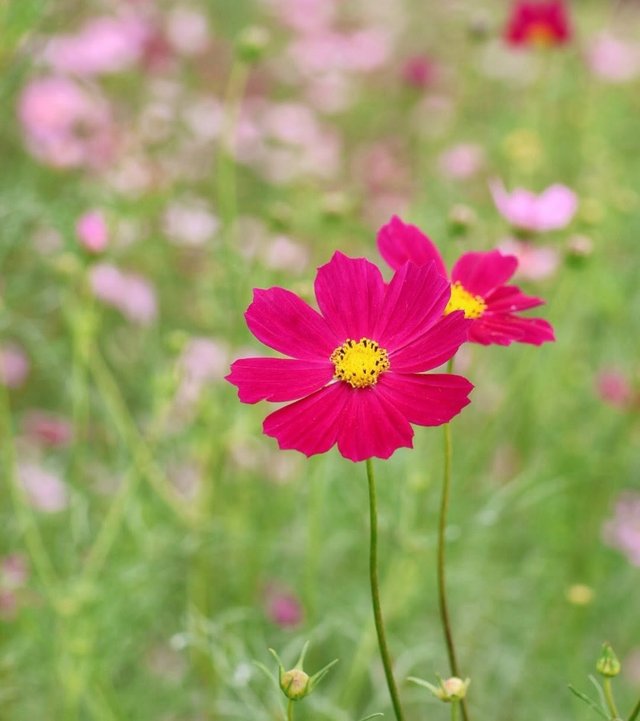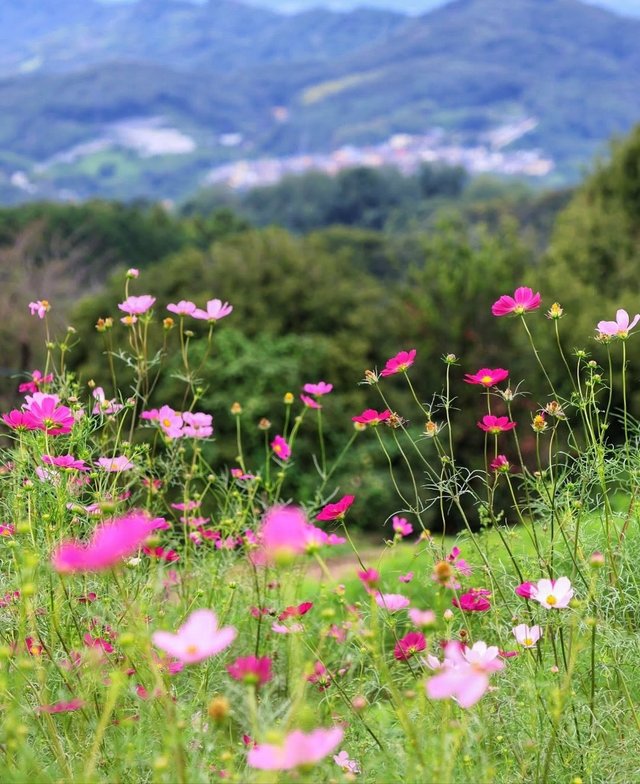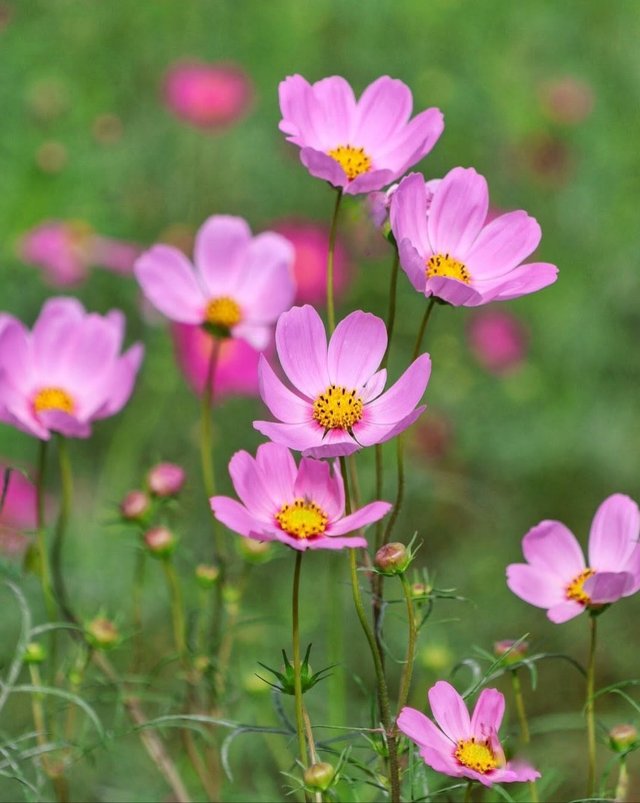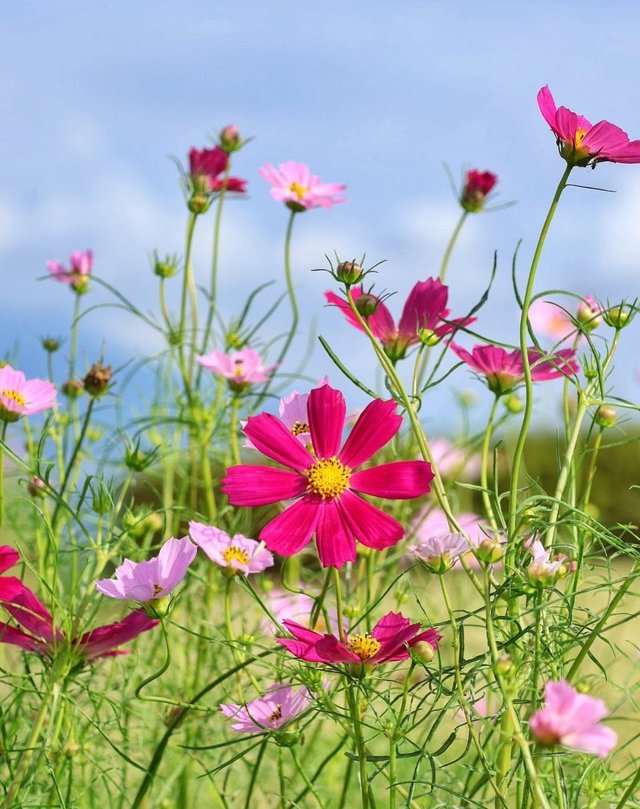Beautiful Garden Cosmos Flower
Garden Cosmos, often simply called cosmos, is a cheerful flowering plant loved by gardeners for its airy foliage, vibrant blooms, and ability to thrive in less-than-perfect conditions. Known as the “Mexican Aster” due to its origin in Mexico, this annual plant has become a global favorite, brightening gardens, borders, and wildflower meadows with its starry flowers. Its name, derived from the Greek word kosmos meaning “order” or “harmony,” reflects the balanced beauty of its blossoms.
The Garden Cosmos is instantly recognizable by its daisy-like flowers with broad, overlapping petals radiating around a golden-yellow center. Flower colors range from pure white and soft pink to magenta, purple, and crimson, and new cultivars have introduced bi-colored and picotee varieties with contrasting edges. The delicate, fern-like foliage adds a soft, feathery texture that enhances the plant’s graceful appearance.
Standing between 2 to 5 feet tall, Garden Cosmos grows with a branching habit, often forming bushy clumps filled with blooms from early summer until the first frost. Popular cultivars include:
One of the reasons for the cosmos’ popularity is its adaptability. It grows well in average to poor soils, provided they are well-drained. In fact, overly rich soil can lead to excessive foliage growth at the expense of flowers. Cosmos thrives in full sun and tolerates dry conditions, making it a low-maintenance choice for gardeners.
Seeds can be directly sown outdoors after the last frost, and within 7 to 10 days, seedlings emerge. With minimal care, these plants reward growers with an abundance of blossoms that continue well into autumn. Deadheading encourages more blooms, while letting some go to seed ensures natural reseeding for the following season.
Garden Cosmos is more than just a pretty face—it plays a vital role in supporting pollinators. Bees, butterflies, and hoverflies are frequent visitors, attracted to the open, nectar-rich blooms. The plant also attracts beneficial insects like lacewings and parasitic wasps, which help control garden pests naturally. Its presence in pollinator-friendly gardens enhances biodiversity and contributes to healthier ecosystems.
Thanks For Reading
Device Information
| Device | Redmi Note 10 Pro |
|---|---|
| Lens | 64 mp |
| Location | Bangladesh |




